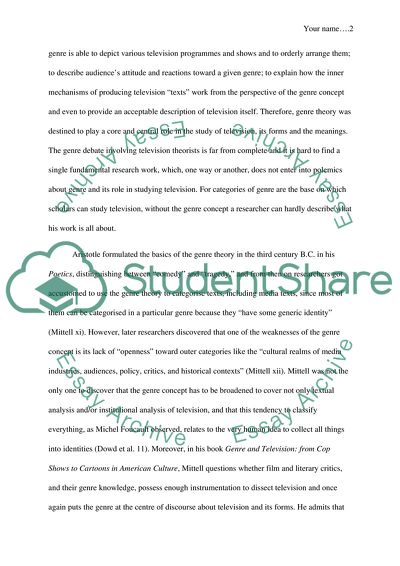Cite this document
(The Study of Television Forms and Meanings Essay, n.d.)
The Study of Television Forms and Meanings Essay. Retrieved from https://studentshare.org/media/1736412-why-has-the-concept-of-genre-been-so-central-in-the-study-of-television-forms-and-meanings-use-examples-in-your-answer-and-draw-on-at-least-two-relevant-references
The Study of Television Forms and Meanings Essay. Retrieved from https://studentshare.org/media/1736412-why-has-the-concept-of-genre-been-so-central-in-the-study-of-television-forms-and-meanings-use-examples-in-your-answer-and-draw-on-at-least-two-relevant-references
(The Study of Television Forms and Meanings Essay)
The Study of Television Forms and Meanings Essay. https://studentshare.org/media/1736412-why-has-the-concept-of-genre-been-so-central-in-the-study-of-television-forms-and-meanings-use-examples-in-your-answer-and-draw-on-at-least-two-relevant-references.
The Study of Television Forms and Meanings Essay. https://studentshare.org/media/1736412-why-has-the-concept-of-genre-been-so-central-in-the-study-of-television-forms-and-meanings-use-examples-in-your-answer-and-draw-on-at-least-two-relevant-references.
“The Study of Television Forms and Meanings Essay”. https://studentshare.org/media/1736412-why-has-the-concept-of-genre-been-so-central-in-the-study-of-television-forms-and-meanings-use-examples-in-your-answer-and-draw-on-at-least-two-relevant-references.


